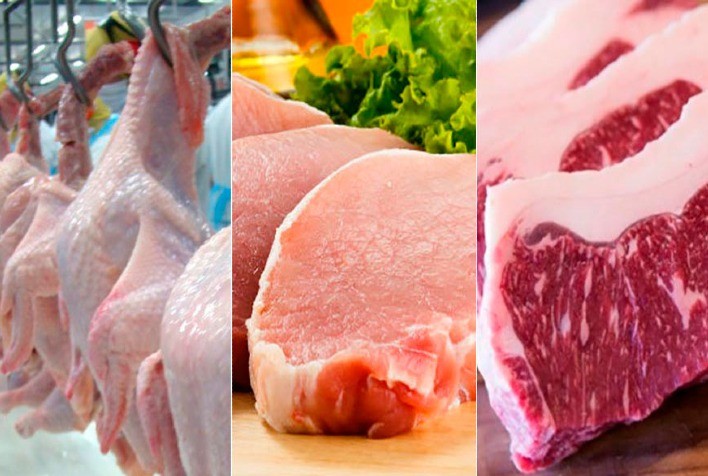Spain: Check for livestock farming with new EU animal welfare requirements

Poultry farmers, rabbit farmers and pig farmers view the proposal for a European regulatory review of animal welfare with concern since it will require million-dollar investments to avoid reducing production by half. Farmers warn that its implementation will skyrocket the price of meat.
With concern and a lot of uncertainty. This is how the livestock sector is experiencing the regulatory review on animal welfare proposed by the EC, which would introduce changes in the way of production, especially in poultry, rabbit and pig farming. A new framework not yet approved - it is expected to be after the European elections. in which demands are established such as the end of production in cages in sectors such as rabbit meat where there is no real and viable alternative.
And the concern in the sector is maximum because, from what has already transpired from its content and the recommendations of the European Food Safety Authority (EFSA), the new “European Regulation of the Meat Production Model” would force a reduction in the animal census by up to two thirds in some cases, which would reduce income and put the viability of the farms in check, or would entail the making of important investments – only in the egg production sector it would rise to more than 1,500 million euros - to adapt the facilities in which, likewise, productive capacity could be lost.
The financial outlay would also have to be undertaken at a time when many ranchers have had to bear high production costs. And in some cases, they continue to repay loans to conform to rules established before 2012.
The poultry meat sector would be one of the most affected. EFSA recommendations include measures such as reducing the stocking density of conventional broilers on farms to a maximum of 11 kg/m2. This would mean having to undertake investments to adapt the facilities in which the animal census would be reduced by 72%.
Thus, a 1,800 m2 farm with 33,000 chickens would have a capacity of 11,000. That is, 22,000 places would be lost. This would lead to a decrease in income by a third, although it would also be necessary to take into account that this lower productive capacity would in turn mean an increase in costs, which would be passed on to the consumer. According to data from COAG, the price of chicken meat could multiply by three, rising from the current 3.25 euros/kilo to 9.75 euros/kilo. “Practically, chicken meat would become a luxury meat,” says Carlos Santolaria, a fattening poultry producer in Altorricón, in Huesca.
“We will lose a third of production and we will have the same costs or even more because, for example, in heating, we will have to heat the same facility, but with less productive capacity. In other countries like Argentina or Brazil it may be perfect because of the climate they have, but here we spend a lot on heating and the price of gas has already influenced us a lot. With the increase in electricity and gas, we no longer had margin,” says Carlos Santolaria, who explains that he does not understand the proposal of the new regulations because “we are integrated, we have our certificates that they demand of us and they look at us a lot, also in the post mortem. To reach these requirements we have invested in animal welfare and veterinarians control a lot. “If they see sick or dirty animals, they make you lower your production.”
The poultry farmer would have another alternative: not lose production capacity. To do this, he should have facilities of 5,400 square meters to house the 33,000 chickens instead of 1,800 square meters. An adaptation that would involve around one million euros of investment per farm, according to COAG data.
However, expansion is not just a matter of economic cost. In some cases it is impossible. “They are structures and we cannot knock down a wall. It's not that easy. We have been renovating as we have had some cash. But, now, chicken goes at cost. Making an investment from scratch is unfeasible,” says Carlos Santolaria. And new farms “are not being built because costs have gone up. "They cost 200 euros per square meter in new construction and it takes between 10 and 15 years to pay it off."
Source: Tridge Insight





